
Digital marketing is marketing. We live on our screens so nearly all of marketing from here on out is going to be digital-focused first or at least a component of it.
In my lifetime I’ve had the pleasure of working with and at a diverse set of companies on a variety of digital marketing campaigns. And each time I’ve started every campaign with a checklist of what we need to ask before we get movin’ and groovin’.
I consider this a blog a “how-to” on how I’ve created results-oriented digital marketing campaigns in a high-growth startup environment.
Let’s set the scene.
You’re about to start a new digital marketing campaign from scratch. You’ve got your coffee sittin’ pretty (and safely with a lid) next to your shiny MacBook and you’ve got your pencil and notebook at the ready.
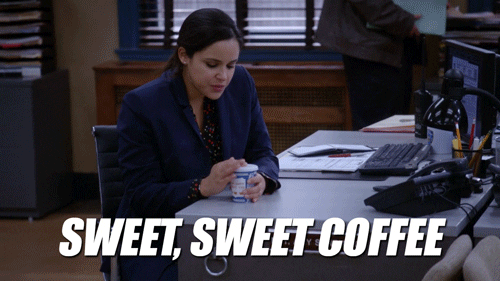
But where do you start?
In an ideal situation, you would ask or brainstorm the following questions in a marketing meeting or brainstorming session when the campaign is conceptualized.
Usually, it goes something like this:
Person A: HEY, WE NEED MORE LEADS! Let’s do a campaign about XYZ to do that because the numbers say we should.
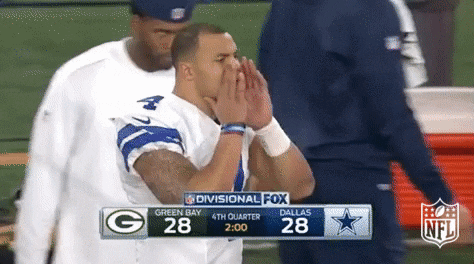
Person B: Sure thing! Let’s answer some questions before I get started.
1. Buyer Persona: Who is the audience or vertical we are targeting with this campaign?
2. Purpose & Goals: What are we trying to achieve with this campaign?
3. Channel: Where does this person get their news? AKA Where do they see things? AKA Where will we be pushing this? Social Media, Email, Content Marketing, Video, Paid Search, or Partners?
4. Visual: What is their visual preference? How do they consume information?
5. Medium: Strictly images? Video? Graphics? Documents like case studies and white papers?
6. Campaign Duration: How long is this campaign expected to run?
7. Budget: What is the budget for this campaign?
8. Reporting: Where are we tracking and monitoring the results?
Marketing to a Persona
What is a persona exactly? A buyer persona is a somewhat fictional representation of your ideal customer based on research and actual data about your existing customers.
For example, say you run a SaaS (software as a service) company and you realize one the main buyers of your product tends to be a marketing person with the title of Marketing Director or Marketing Manager. That information can be used to build out one of your personas. As you do more research you’ll find more details to built out their persona profile, which makes creating campaigns a lot easier.
Another Example:
With a a running shoe brand, you might realize that one of your buyer personas is a male, age 18–24 with an interest in exercise and crossfit. In that instance this is one of your buyer personas to build out and market to.
Finding and building out your personas requires a bit of research. Take the time to do so before you start any campaigns.
Once you’ve got everything figured out on the persona side, is recommended that you give your buyer persona a name so it’s easier to communicate about them in future campaigns. It also lets you humanize them a bit so they don’t feel like a name in a spreadsheet. In the SaaS example, you might call them Marketer Melinda.
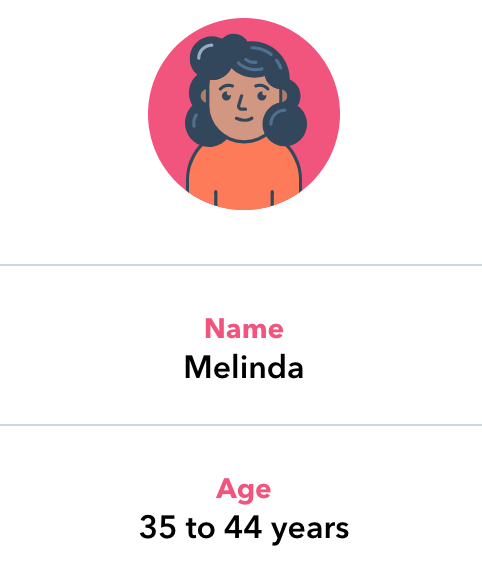
Most companies create a few different personas because typically more than one type of person buys their product offering.
HubSpot offers a Make My Persona tool to help create a buyer persona that your entire company can use to market, sell, and serve better. I’ll be using that to explain the next portion.
Crafting Your Persona
Once you’ve done some research, you will need to figure out your personas like to be communicated to, which social channels they are on, what their goals and objectives are, which tools they might already be using to do their job and more specifics about them (such as education levels, industry, etc).
TL;DR – Building out a persona is an absolute must and can make marketing efforts a lot easier when you know who you’re marketing to and what interests they have.
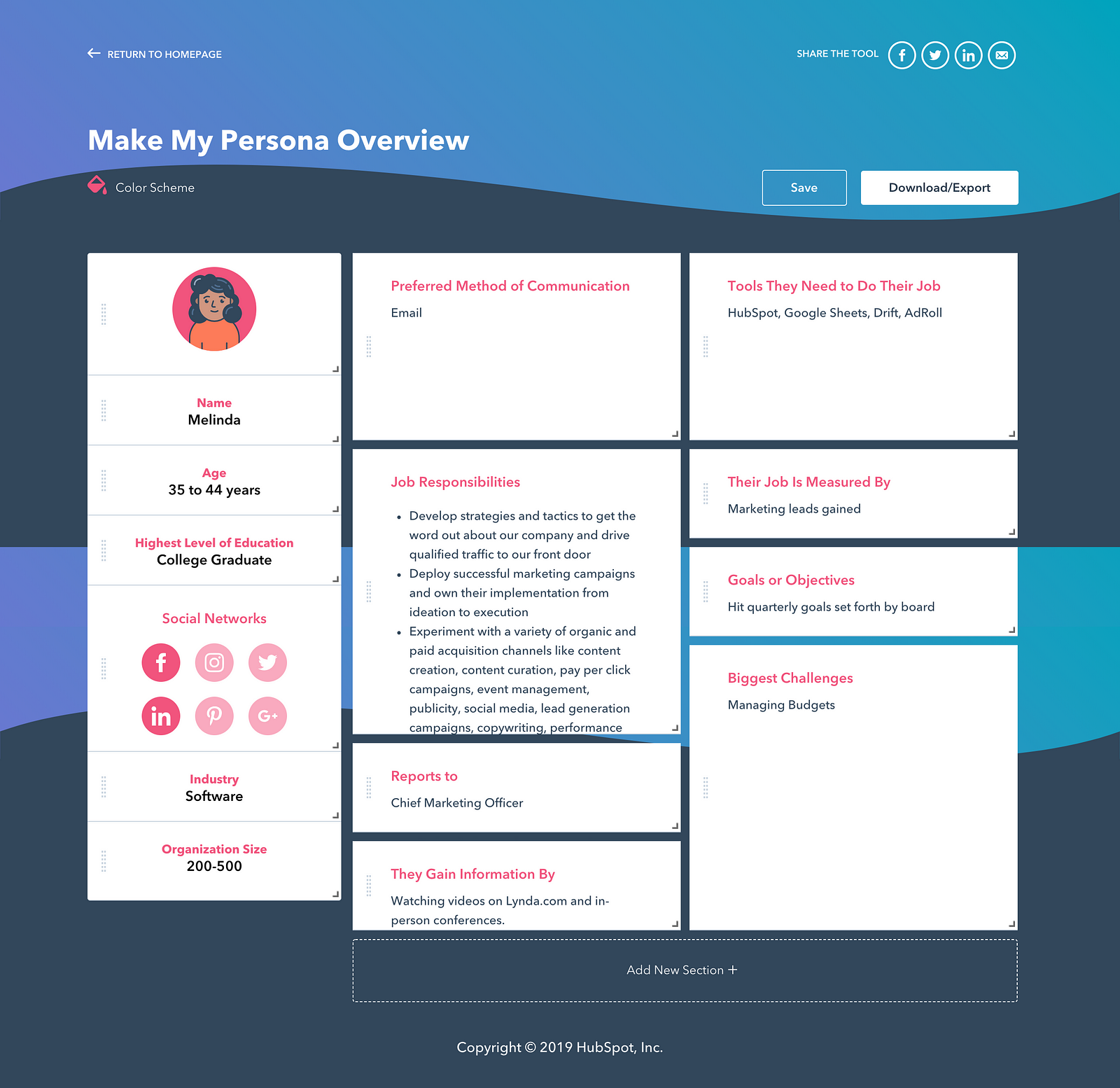
Once you fill out all that information. You’re ready for the next step.
What’s the Plan Stan?
You need to know what you’re trying to accomplish if you’re starting any campaign. Otherwise you’re headed into a race blind, confused and asking for trouble.
Ask what the purpose of the campaign is:
Is this to promote a new product?
Build brand awareness?
Get more registered users or leads?
Drive visitors to your website?
Get sign-ups for an event?
Something else? #findyourpurpose
Next you need to set your campaign goals based on the purpose. Before you get to the next step of picking a channel you should decide what your goal is based on the purpose. For example, say you’re trying to get more traffic to your website. Okay great! Now set a number goal based on data, research or a previous campaign so afterwards you can measure if the campaign was successful or not based on the goals you set forth in the beginning.
TL;DR – Figuring out a purpose or objective for a digital marketing campaigns is what will drive the campaign and all the moving parts of that campaign. The goals set a benchmark of what needs to be accomplished and will tell you in the end if it was a roaring success or a lackluster failure.
Picking a Channel
Typically when you’ve created your buyer persona you’ve already done the research as to which channel is their preferred method of communication but sometimes it can call for some tweaking. For example, if we are talking about Marketing Melinda, we already know she responds well to email marketing but we might also try producing content on LinkedIn for “her” since we know she is active on there as well.
The same thing with a B2C campaign, say our buyer persona is David the Influencer who is active on Instagram but also likes getting things in mail. In this instance, we might do an omni-channel (more than one channel) campaign with Instagram ads paired with some limited edition stickers and swag that are sent to his house so he can post about it on Instagram or put them on his laptop for the world to see.
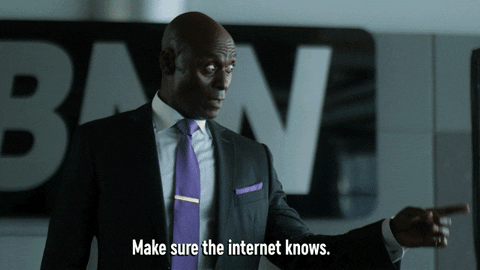
Omni-channel marketing efforts tend to be more successful for none other than the simple fact that people usually use more than one channel to make a purchasing decision. Before the internet, who did we ask when we were looking to buy something? Our neighbors, friends and family members. Think of omni-channel as asking your neighbor where to get the best Chinese food in town and then also hearing about the same restaurant from your aunt and barber. That’s OG omni-channel marketing.
Multiple channels can lead to a single purchase decision.
Some channels to pick from: Social Media, Email, Content Marketing, Video, Paid Search, and Partners.
TL;DR – Picking a channel is 100% necessary because you need to market where your persona is active and getting their information. And sometimes picking more than one channel can increase your chances of running an effective campaign.
Where Design Meets Digital Marketing
Now that you’ve figured on your persona and channel. You need to figure out their visual preference.

Yes that’s right! You have to figure out what your persona likes and responds to, visually speaking.
Ask yourself these questions:
Are they more fact-driven? Prefer documents, case studies, and white papers?
Do they like a lot of color?
More minimalist approach? Prefer a clean aesthetic?
Loud, busy, in your face design?
Do learn visually from videos and motion graphics?
These are just some questions to start with when you get to the visual component of a campaign. As you answer them you might ask even more specific questions to get to where you need to be. All questions eventually lead to an answer — whoa that’s deep.
My background is in design so for me this is one of my favorite parts when crafting digital marketing campaigns. Your buyer persona will tell you a lot about how to design graphics and assets for your campaign. Refer to your persona research when you get to this piece of the puzzle.
For example, let’s look at this ad from an Ally Bank campaign.

Who do you think their persona is? Is it a stuffy, old-school finance person who loves Wells Fargo and big banks? Probably not. The promotion of Apple Pay paired with a fun color palette and clean vectors might lead you to believe they are going for a younger demographic who might be looking to get away from the banks of yesteryear.
I should mention that design and digital marketing require you to lean into stereotypes more than the average person might. Just saying…
One more example of design influencing a digital marketing campaign.

Budweiser just launched a Jackie Robinson-focused campaign that 100% leaned into their persona and their persona’s design preference. With this ad, Budweiser knew their persona’s love for America’s pastime paired with bold typography would be a complete showstopper and talked about on social media. Budweiser is officially launching this ad campaign during opening day of the 2019 MLB season with print and digital efforts (omni-channel) in the form of a Spike Lee-directed commercial.
TL;DR – Design is crucial to a digital marketing campaign. If the design sucks or just doesn’t make sense with your buyer persona then it’ll fail and things won’t be so great for you and your team at the next marketing meeting.
Pick Your Medium
Sometimes you can pick more than one medium when crafting a campaign and sometimes your budget means you only get to choose one. Big brands like Budweiser can experiment with different mediums whereas smaller companies like SaaS companies or direct-to-consumer brands can only do one at a time.
For this part, I am talking to smaller brands who can’t throw millions of dollars at one campaign.

First and foremost, you need to figure out which medium will best convey your message.
If it’s something that needs to be seen — like a new product feature then perhaps a video is the way to go.
Maybe you want to show how much money your new app will save someone — consider an infographic with results.
Or maybe you have some fantastic case studies and customer quotes and you know your persona needs to convince his/her boss with facts and documentation, so in that case, perhaps a white paper is your best bet.
Or perhaps you want to show off your comfortably soft wool shoes (hey Allbirds) — then try high-quality images and video.
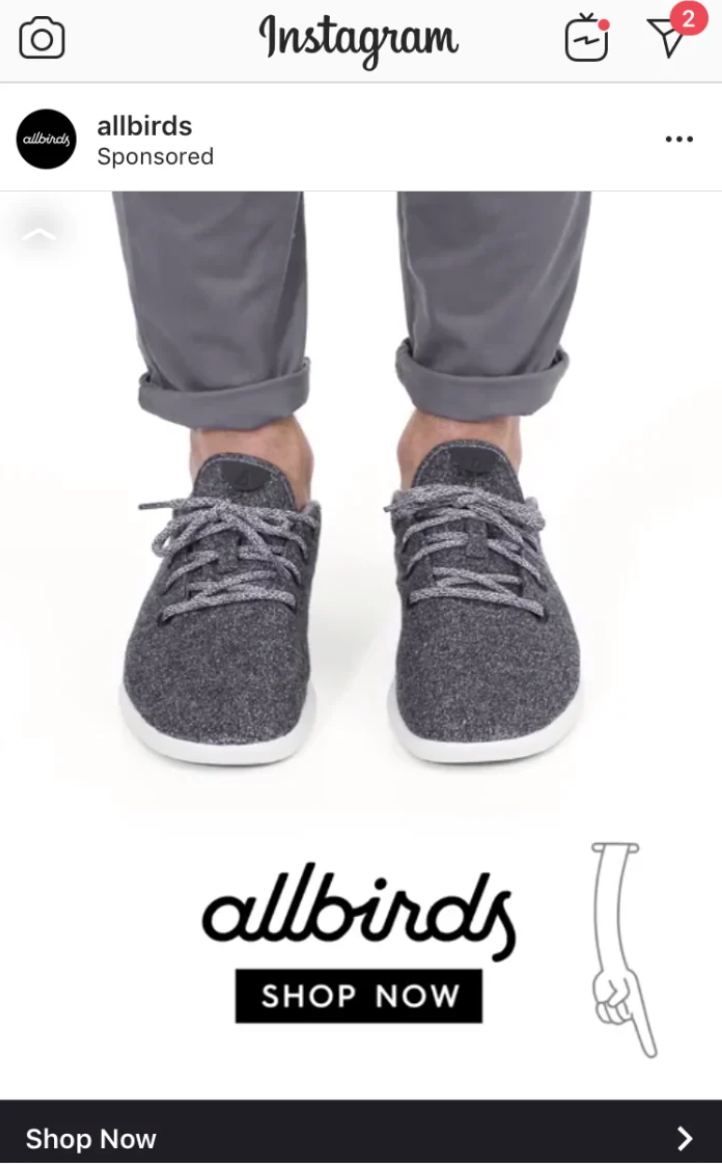
The persona will dictate your medium. If you did your research and you know the purpose of the campaign then the medium will be a relatively obvious decision.
TL;DR – Do your research and figure out which medium works best for the information you have available to convey and the goals you have set in place for the campaign.
Campaign Duration
How long is your campaign expected to run?
Is it running congruently with something else?
Is it leading up to launch?
You need to know how long your campaign will be for many reasons but here are a few big ones:
Budgetary purposes
How much collateral, graphics, etc will do you need to create to run that entire campaign?
Measuring and reporting purposes
For your sanity
TL;DR – Not having or knowing a campaign’s duration is like running a marathon that might get cut short or might go on forever. You can’t plan or pace for that. A short campaign will run differently than a long campaign and yield very different results. Set expectations and dictate a campaign length out of the gate. Sometimes durations might change and that’s okay but it’s nice to have a starting place.

How Many Dolla Bills?
A campaign budget is an estimated cost required to run a digital marketing campaign. It’s important and you need it. Case closed. End of discussion. But in all seriousness, you should read this article from Forbes on how to develop a marketing budget before you start any campaign.
Some food for thought regarding budget from good ol’ Forbes based on the stage your company is currently in:
Growth Mode. If you’re in growth mode, you’ll need to generate top-line revenue at a faster rate, so you might consider deeper investments in more of the quick-win marketing techniques.
Take an iterative approach in further developing your website, so your website can become a central marketing hub rather than an online brochure. Iterative development and maintenance could consume a significant part of your budget, but the rewards are well worth it.
Planning Mode. If you’re in more of a planning mode, where steady growth is more welcomed than spikes in revenue, you’ll want to consider a longer-term marketing play through earned media. This includes generating and publishing great inbound content and eventually earning new business over time.
Your budget will dictate EVERYTHING you do in your campaign. Some people like to start with that question but you’ll notice I ask it towards the end. Because for me I like to think about all the other components as creatively and freely as possible and then narrow it down based on cost. Does that make sense? Tweet me and I’ll gladly explain it in more detail.
TL;DR – Align your budget with your campaign goals and your overall marketing goals. Here’s an exaggerated example, if you want to get 100 leads signed up for a webinar and the cost to acquire a lead is $50 per lead** and your budget is $200 then you need to up that budget… a lot. **You can figure this out here.
Because ultimately, what you spend (and where you spend it) will depend on what you’re trying to accomplish*.
Reporting Fun Times
The last thing we need to ask before officially begin our campaign is where we will be reporting the results. If this isn’t your first rodeo then you probably already have a reporting protocol in place. If that is the case, make sure nothing changes for this campaign and you’ve got what you need to be successful
But if you’re new to this let’s make sure something is in place and everyone is on board. We need to make sure we have somewhere to track and monitor our campaign efforts. Every organization is different when it comes to a marketing stack. I personally prefer agile marketing aka using one or two systems max to do all things marketing (cough HubSpot cough cough) but to each their own in this regard.
Maybe you prefer to use spreadsheets tied with Marketo and Google Analytics. Or perhaps you’ve got a homegrown system. Awesome. Pick what is best for your organization. Just be sure that you’ve crossed your T’s and dotted your I’s so you can measure if your campaign was successful or not. This needs to be squared away before you officially begin the campaign.
TL;DR – Before you launch your campaign you need to know how you will track the campaign results. Kissmetrics is a good tool to use. Or use the Goals and Custom Reports functionality built into Google Analytics. Your call. Do what is best for your organization in terms of functionality, scale, cost and training.
You’re Ready
By now you should have asked all the questions and gotten the answers needed to begin your campaign. Plus anything else the internet told you to do.
Now go! You got this. Make the campaign of all campaigns to ever campaign!
Maybe I will come across your campaign out in the wild, you know, if I happen to be one of your personas.

________*__________________*__________________*__________
I’m Allyssa. Senior digital marketer who can design & code. Woo!
I’m a seasoned designer turned marketer with a strong background in design, marketing automation, growth hacking, content marketing, product marketing, and front-end development.
Find me on the internet either allyssa.co or landingfeetfirst.com and almost always on Twitter.
